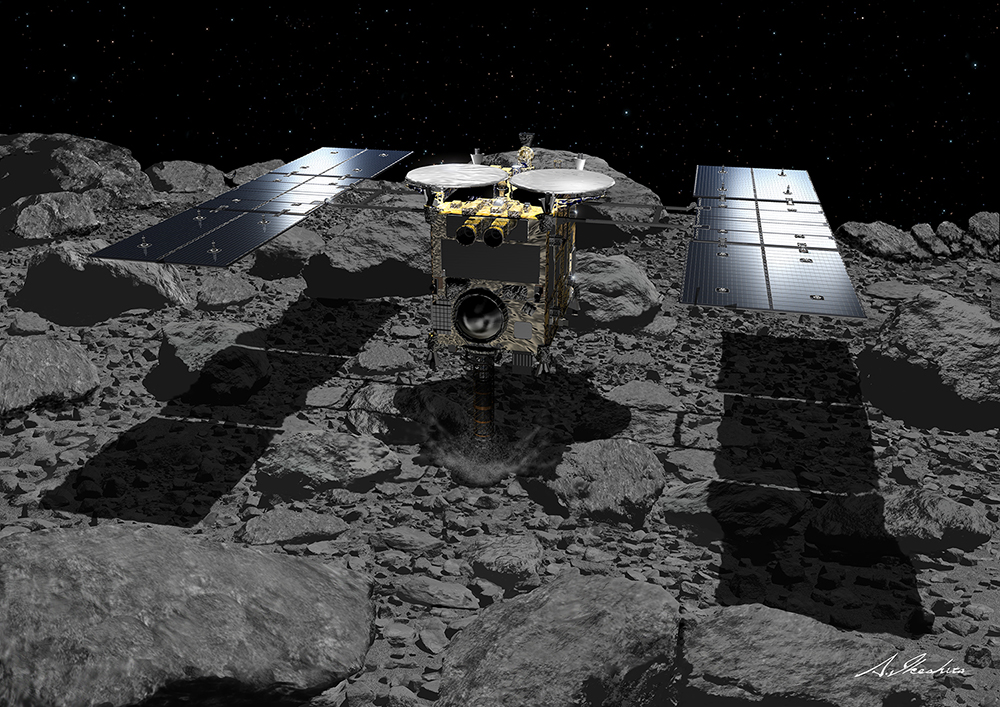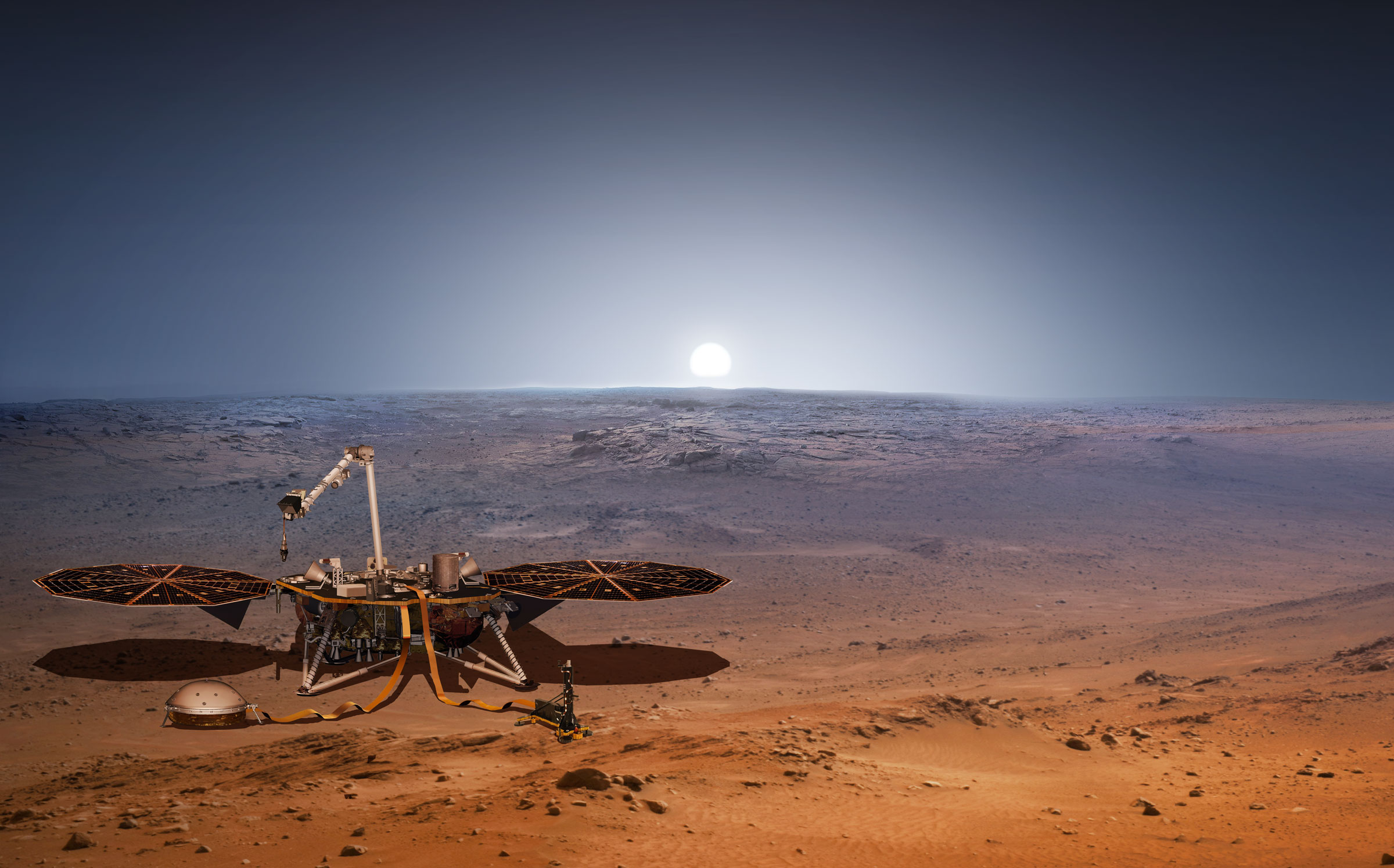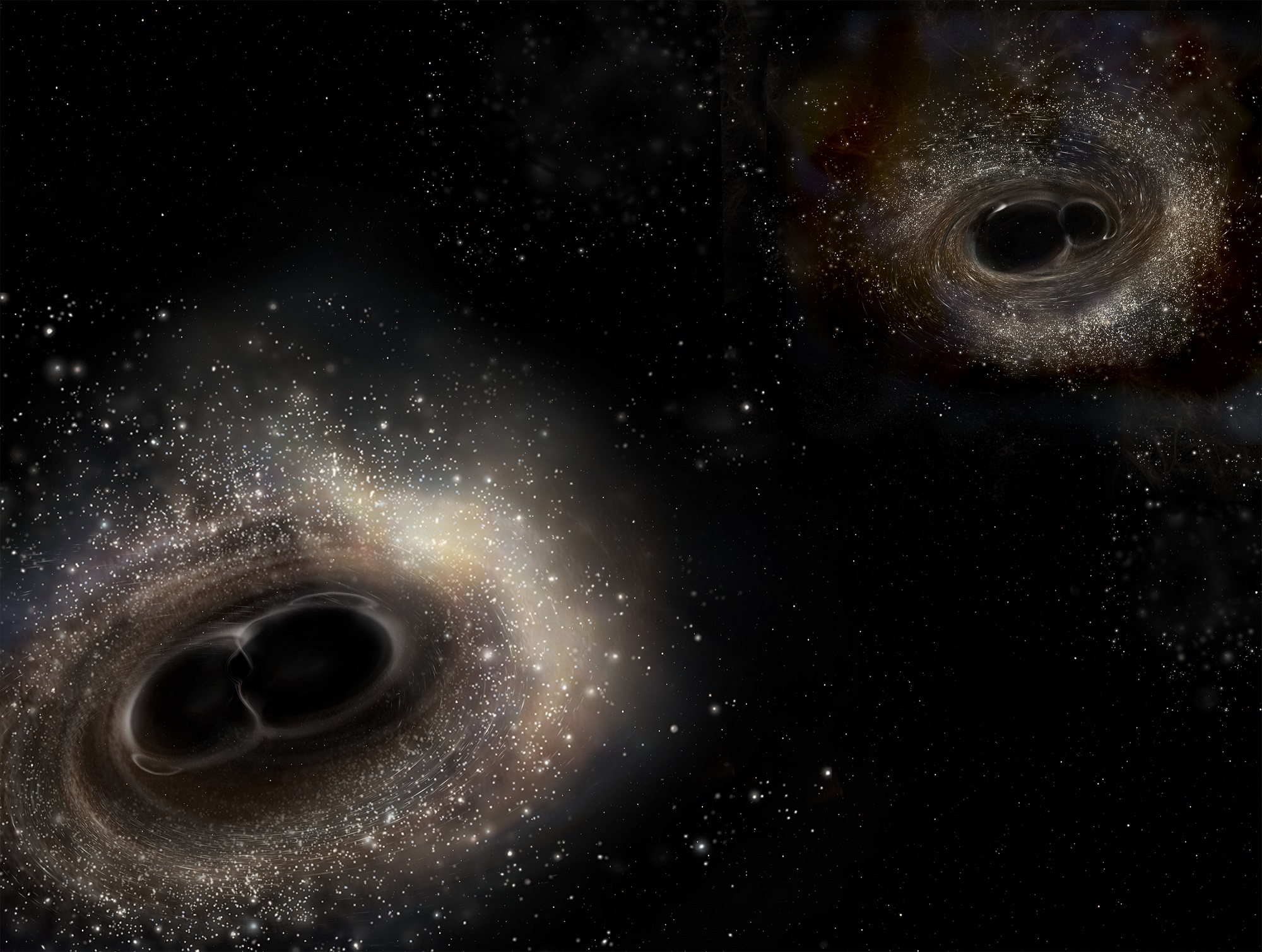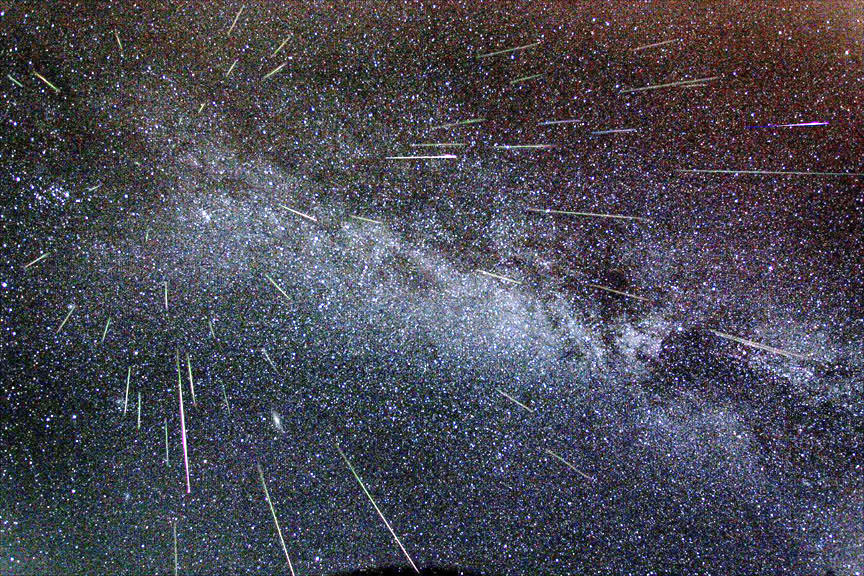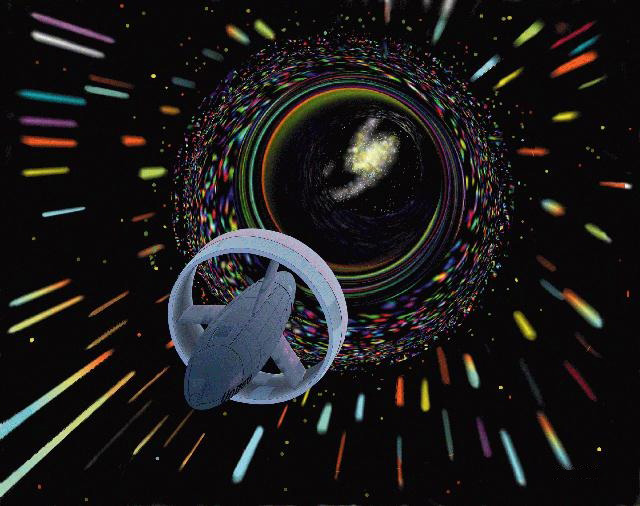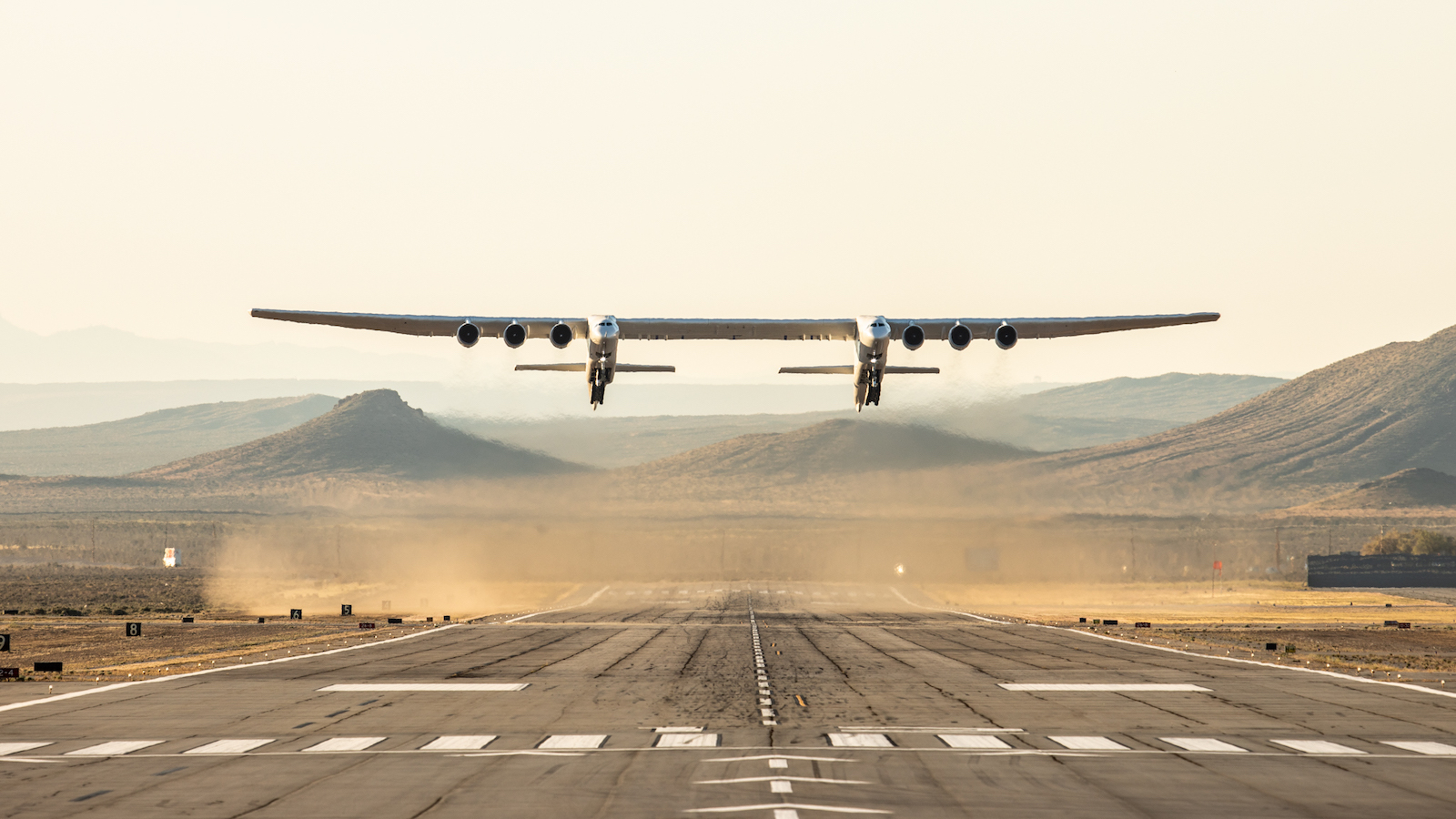Since the late 19th century, scientists have struggled to explain the origin of the Moon. While scientists have long-theorized that it and the Earth have a common origin, the questions of how and when has proven to be elusive. For instance, the general consensus today is that an impact with a Mars-sized object (Theia) led to the formation of the Earth-Moon System shortly after the formation of the planets (aka. the Giant Impact Hypothesis).
However, simulations of this impact have shown that the Moon would have formed out of material primarily from the impacting object. This is not borne out by the evidence, though, which shows that the Moon is composed of the same material Earth is. Luckily, a new study by a team of scientists from Japan and the US has offered an explanation for the discrepancy: the collision took place when Earth was still composed of hot magma.



